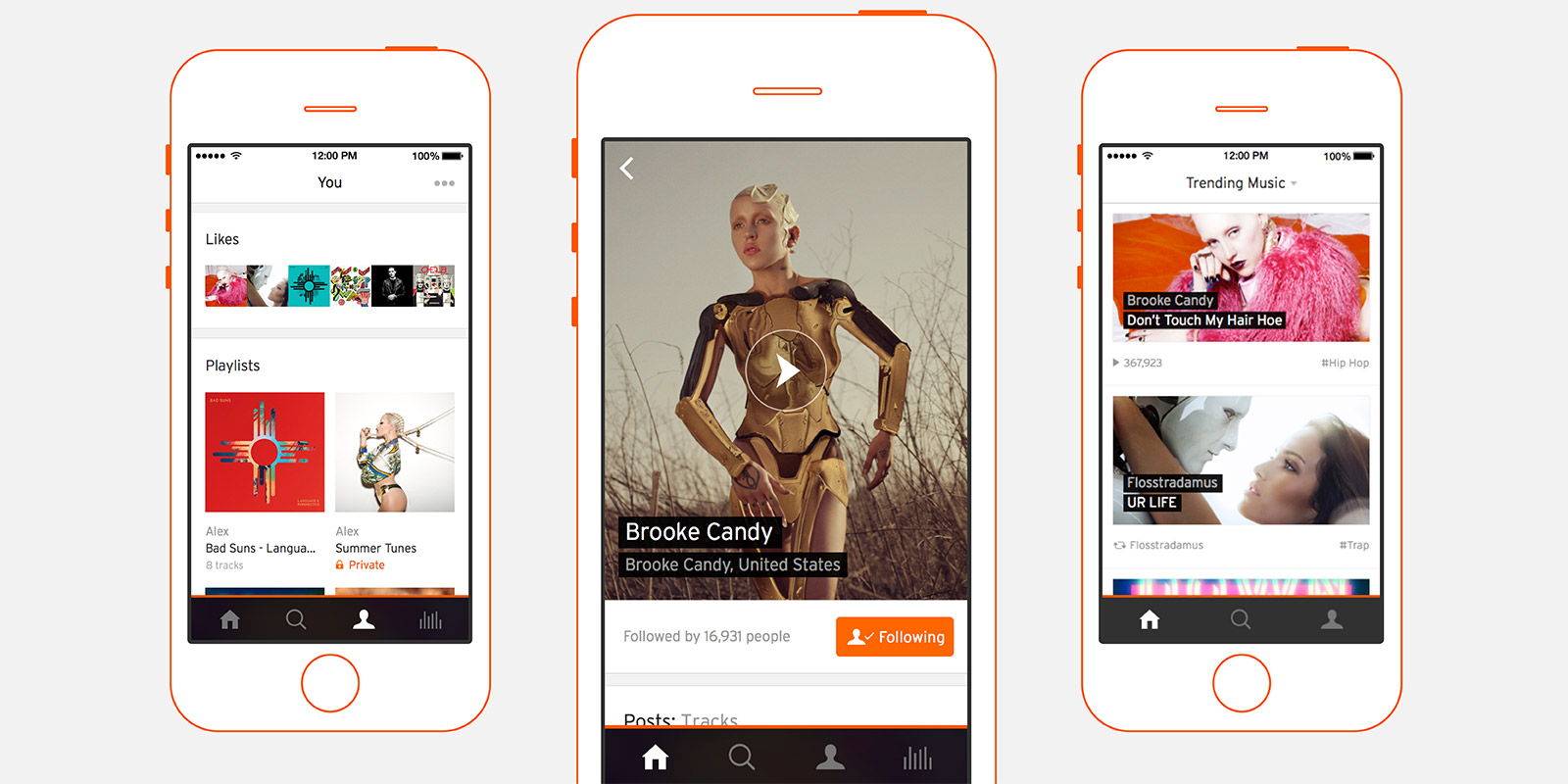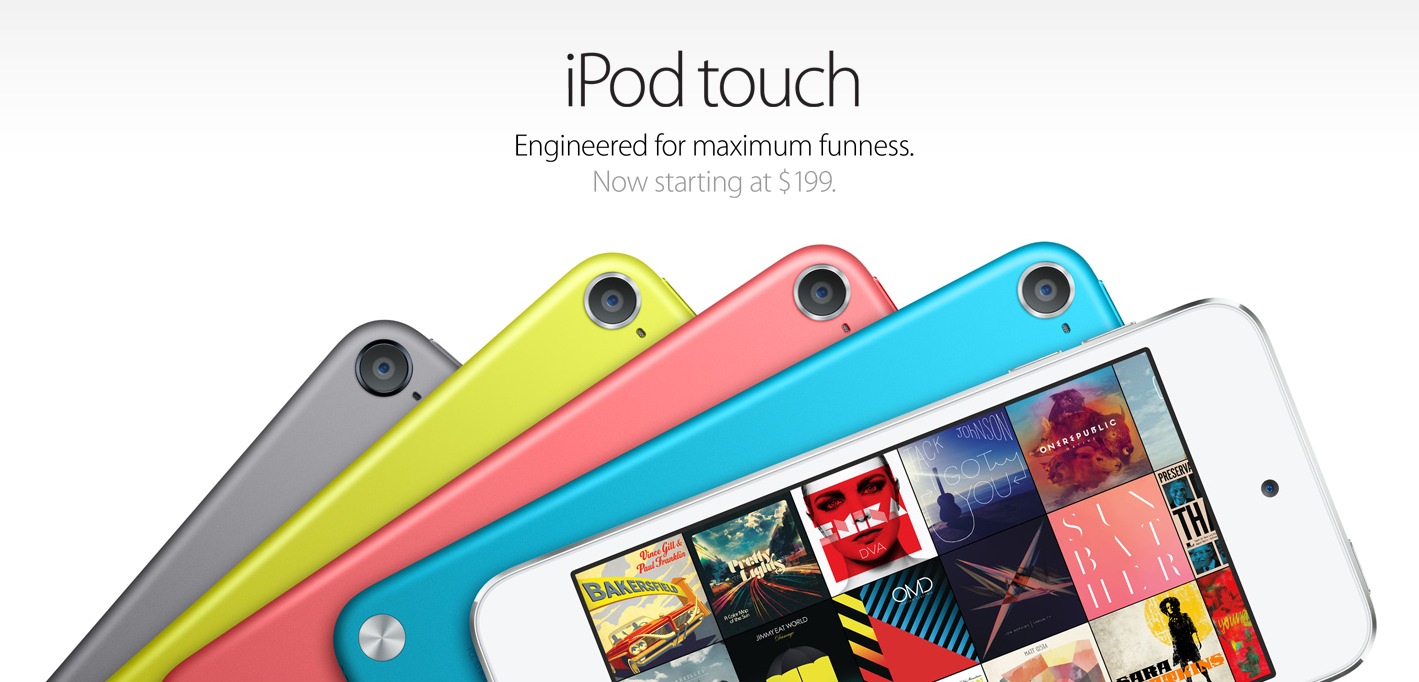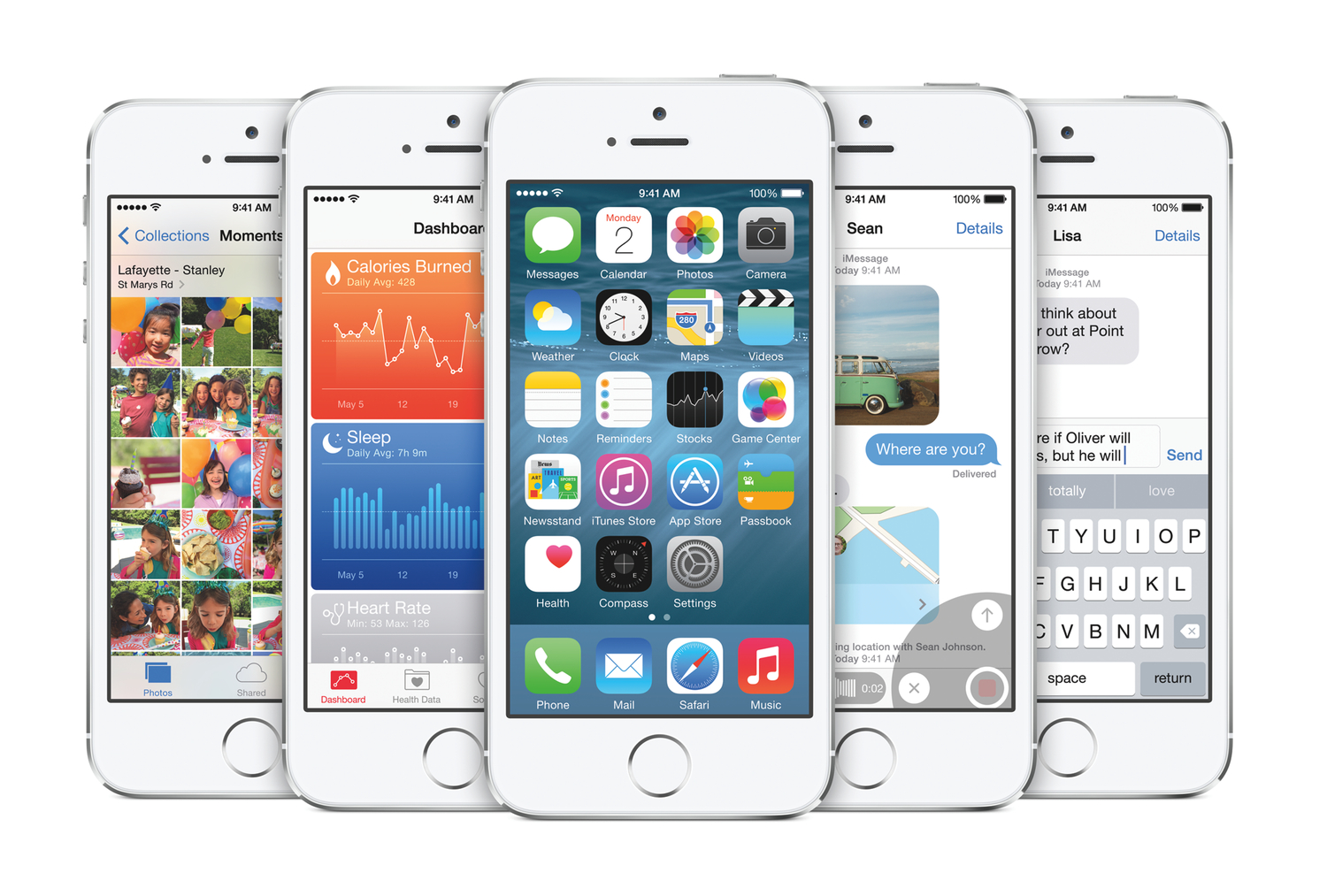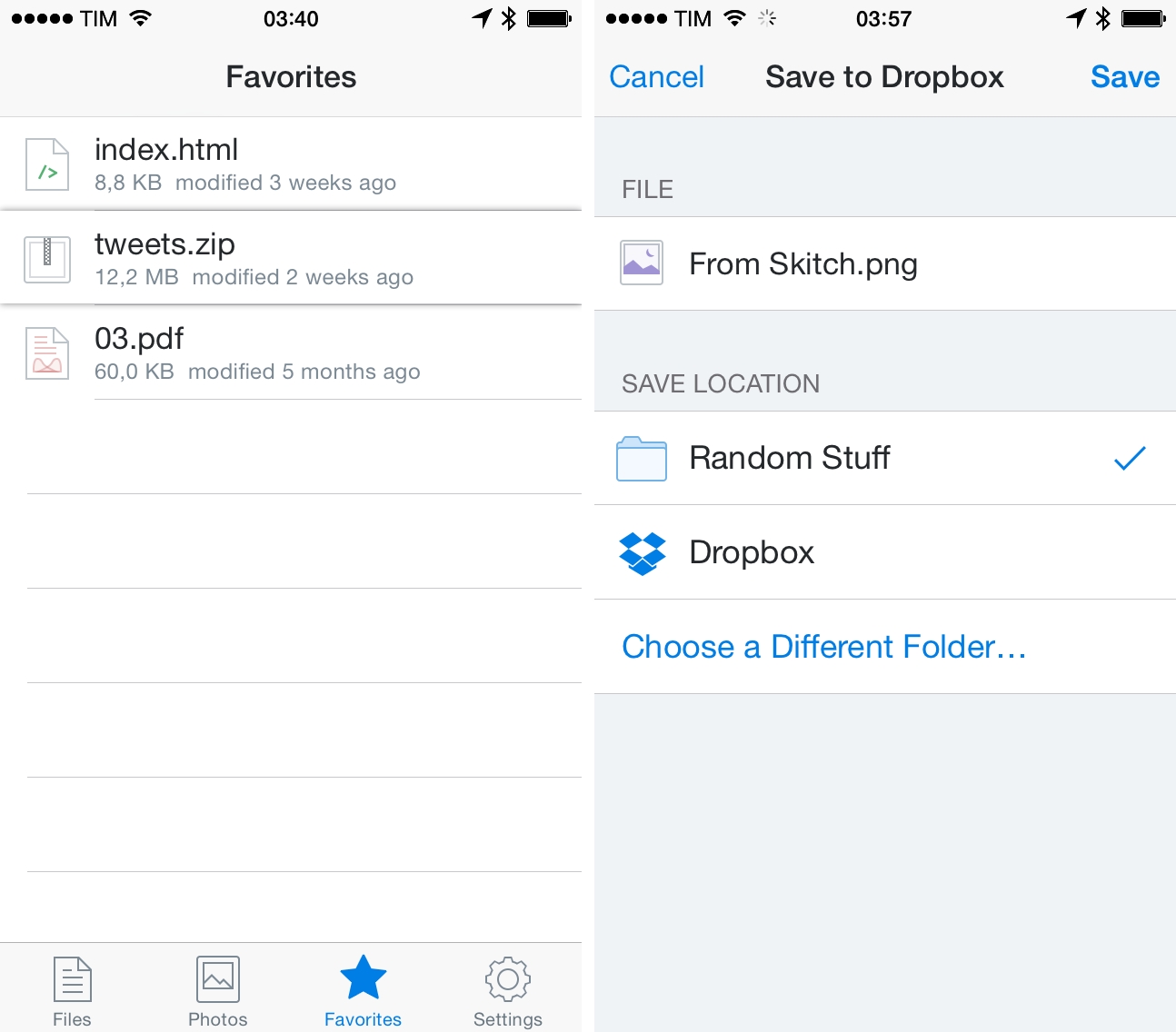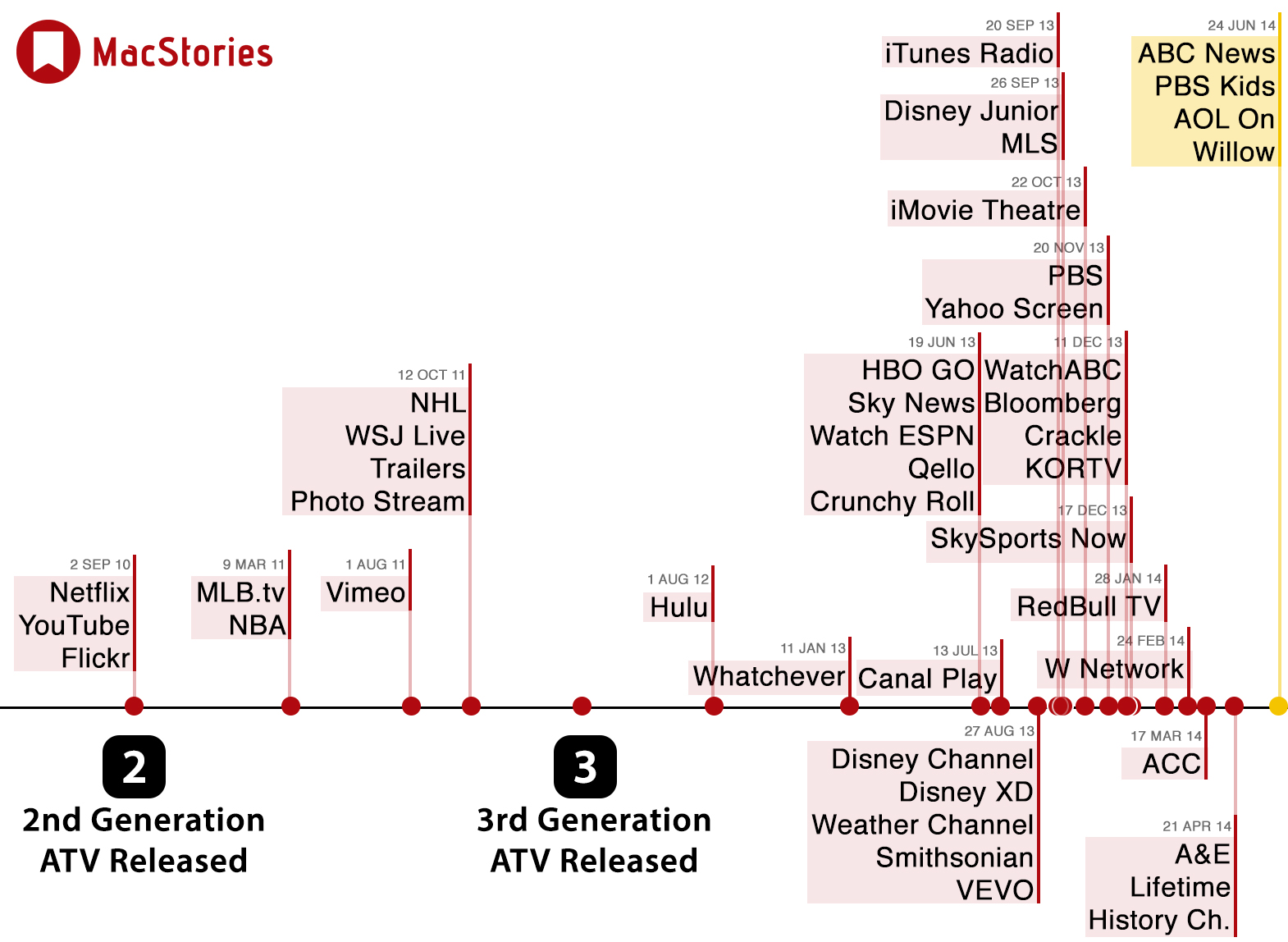Version 4.0 of The Iconfactory’s tool for measuring, inspecting, and testing layouts and graphics on OS X has been released today, adding powerful new features for designers and developers.
We’ve covered xScope on MacStories before, and the new release adds an Overlay feature to check alignments and mockups over a browser (useful when working on responsive designs) and a Text palette to “search, decipher, and reformat text and character glyphs”. xScope works with Retina displays and many of the app’s existing functionalities have been redesigned and updated to have faster performance, more flexibility (just take a look here), and Yosemite support.
I’m no designer, but I’ve used xScope before and I know it’s a solid app; I’ve downloaded the trial from The Iconfactory’s website, and the changes in this version look fantastic. For a limited time, you can get xScope 4.0 at $24.99 (50% off) on the Mac App Store.


